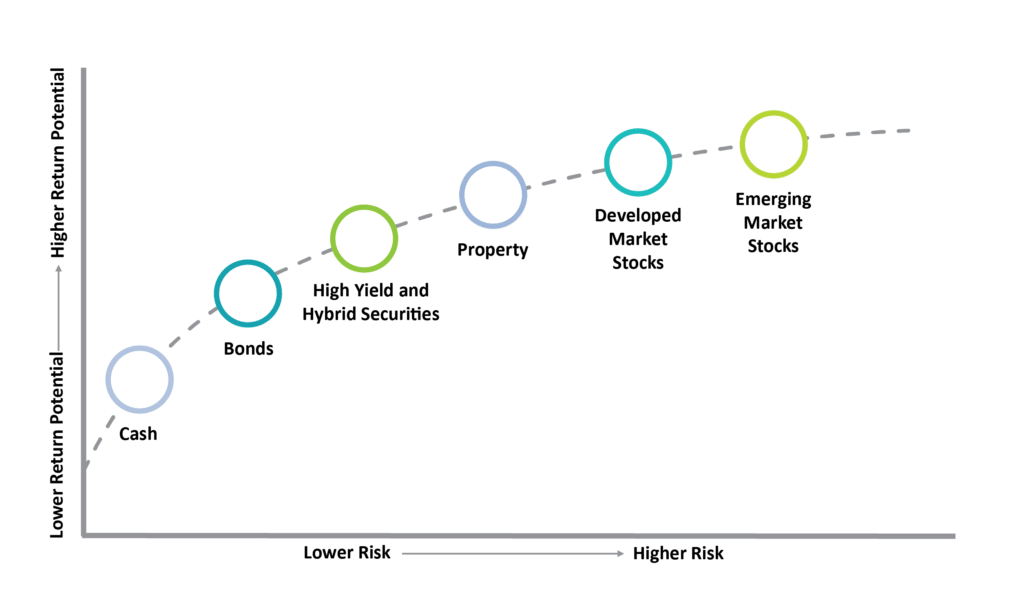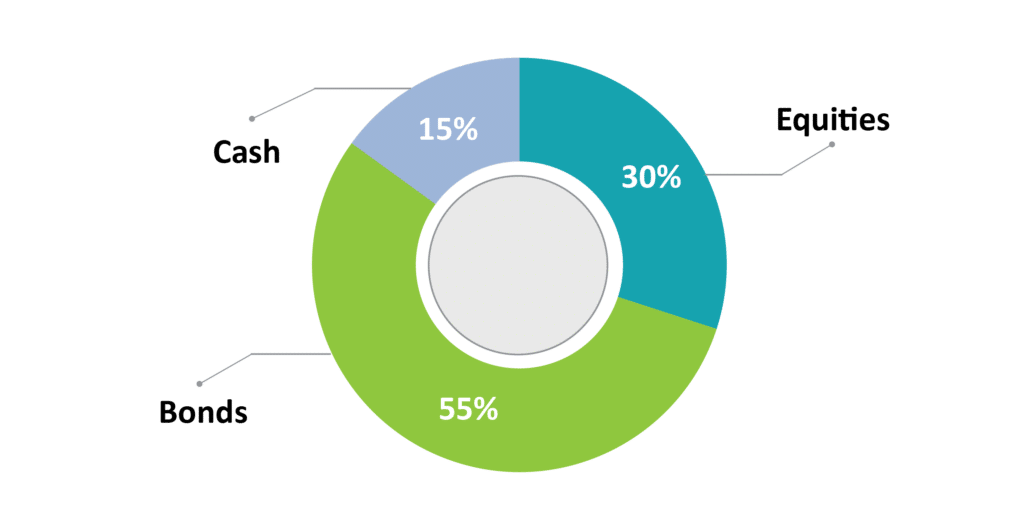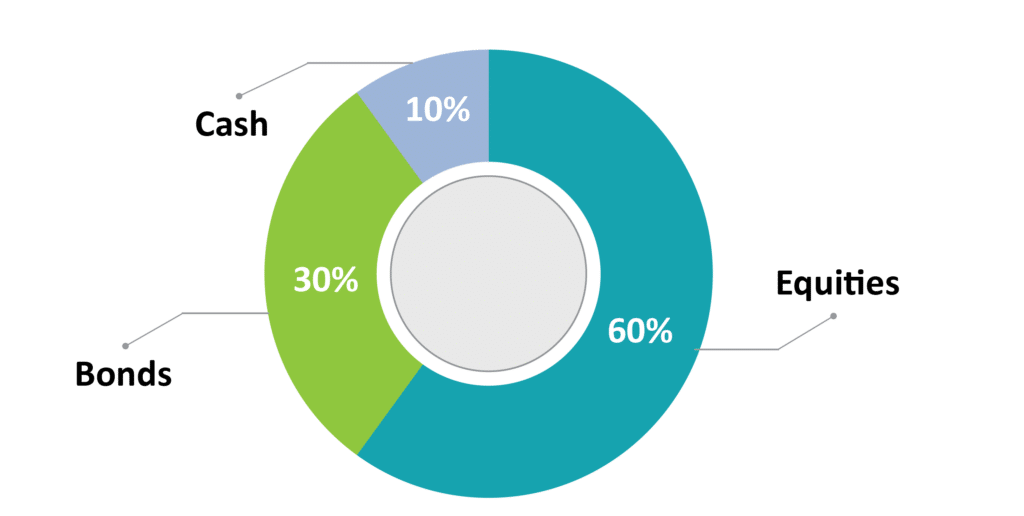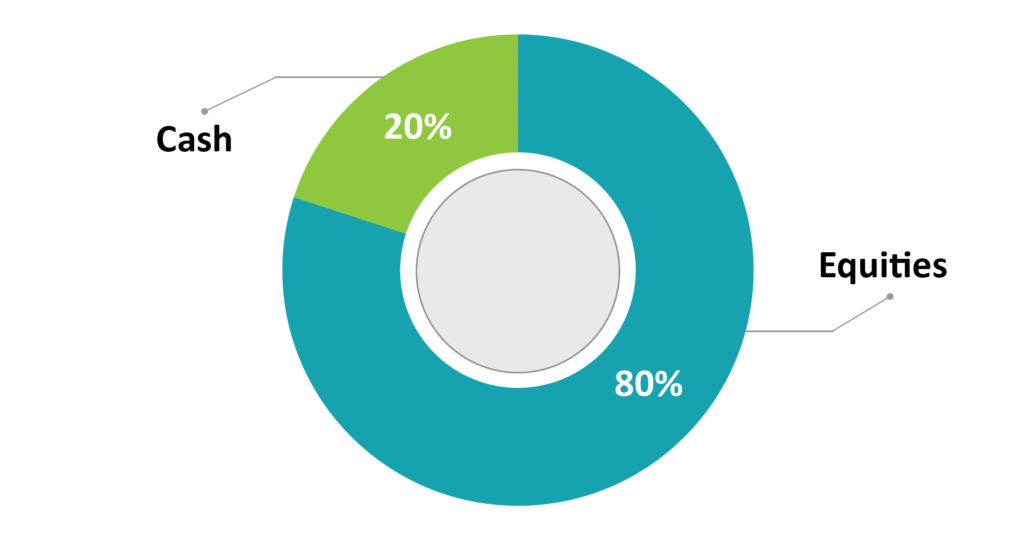
Building a Balanced Portfolio
The first step in creating a balanced portfolio is to realize that the “balance” doesn’t refer to the investments contained in the portfolio – it refers to the goals, preferences and risk tolerances of the investor. Investing is about increasing the return on your money over time to potentially higher levels than can be obtained from a savings account, but the trade-off is increased risk.
How can you build a balanced portfolio to help you reach your long-term goals? We provide a step-by-step guide.
Key concepts we cover: time horizon and portfolio goal; risk tolerance; conservative, moderate and aggressive portfolio asset allocations.
Time Horizon and Portfolio Goals
Determining your appropriate balance starts with defining two variables: time horizon and risk tolerance.
It’s common to use a formula of current age or x years to retirement to define your time horizon, but a more individually-tailored approach is to incorporate the goal of the portfolio. In other words, whether the portfolio is invested for growth or structured to preserve capital that will replace a source of income. For instance, while a young investor with a long time to retirement may choose an aggressive allocation, a young investor planning a career break may want to take a different route.
Risk Tolerance
Whether you select a portfolio construction based on years to retirement, or you are seeking a portfolio that can meet other needs, your portfolio construction should also reflect the second principle – how you feel about potential loss. If the potential for gain is more important to you than the risk of loss, your aggressiveness for risk is high. If the most important thing to you is to keep what you have, your tolerance for risk is low. While your time horizon is important, your risk tolerance should dictate the underlying selection of the asset classes.
The “Asset” Part of the Allocation
Once you have determined your time horizon and risk tolerance, portfolio construction is the next step. An asset allocation combines groups of asset classes (stocks, bonds, cash, etc) together to create a portfolio that can help to meet your needs and fit your risk profile. The assets have unique risk/return characteristics, which together create an overall portfolio risk profile.
The chart below breaks down the return potential and risk of several asset classes and compares them to each other.

Asset Classes Along the Risk/Return Spectrum
The chart makes clear that even within broad groups of asset classes, such as equities or bonds, there can be sub-asset classes that have different risk/return profiles. For example, emerging market stocks are more risky than developed market stocks, but also have a somewhat higher return potential.
Sample Portfolio Constructions
In the sample portfolios below, several combinations of asset classes with different portfolio weighting percentages create portfolios with different risk profiles, time horizons and capital preservation or capital growth targets. The asset classes are at the broadest level in the examples. Of course, in your individual portfolio you have the ability to tailor your asset selection much more finely.
Conservative Allocation – Preserve Capital and Generate Income

A conservative allocation may be the right structure if you want a portfolio that provides a high level of income, whether because you are entering retirement, or perhaps you are taking financial risk in a different area of your life. For instance, if you are starting your own business you may need your portfolio to preserve capital so that it can provide an income stream.
This portfolio is structured to preserve capital, which is invested in instruments that throw off predictable income. If you are in retirement, the shorter time horizon is a consideration as there is less time to recover from a large market drop.
A significant percentage may be held as cash in a higher yield savings or money market account, so it is readily available. The trade-off for higher and stable sources of income is that the capital base of the portfolio will not grow as much over time as more aggressive constructions.
Moderate Allocation – Flexibility to Meet Different Investor Goals

The moderate allocation may sound like a compromise – but it’s not. It expands the options for different investor goals, as it allows for some capital growth in the portfolio, largely through the increased equity allocation,and it provides a measure of capital preservation through the bond allocation and the cash holdings.
While the percentage of bond holdings is lower and therefore income may be lower, investing part of the equity allocation in dividend stocks can help to make up the difference while still providing some growth potential.
This allocation may work well for a broad range of investors, at all points in their investing life. For instance, it may be a solution if you are far from retirement but are temporarily forgoing employment – perhaps to raise children or further your education – but intend to return to the workforce. You can structure it to help out with income, but the risk allocation will also help keep your retirement on track.
If you are a younger investor but are somewhat risk-averse, this allocation may provide some reassurance as you assess your portfolio performance and become used to market ups and downs.
Aggressive Allocation

The aggressive profile is weighted to prioritize growth over income. It reflects an investor with an appetite to take risk in hopes of accumulating higher returns. The caveat is that time horizon will come into play as an extreme market drop will take time to recover from. For this reason, a portfolio designated as aggressive should usually have a time horizon of 10 years or longer. This allocation is commonly recommended for younger investors who will have multiple decades in the market, and it is expected that they will shift out of this as they enter different stages of their investing lives.
What’s Right For You?
How you construct your portfolio is very important to meeting your goals. Your financial advisor can help you select investments that reflect your unique approach to risk and return. Working together, you can craft an investment strategy for every phase of your life,ensuring that your strategy keeps pace with your changing goals, and that you keep your financial balance.
We Deliver Content Like This Every Month to Your Inbox. Sign Up to Start Receiving Updates
Related Posts
Investing in Collectables
If given the opportunity, would you consider adding a dinosaur fossil to your investment portfolio?...
Asset Allocation Should Reflect your Goals
Determining your portfolio goals and your risk tolerance is the first step in creating an...

